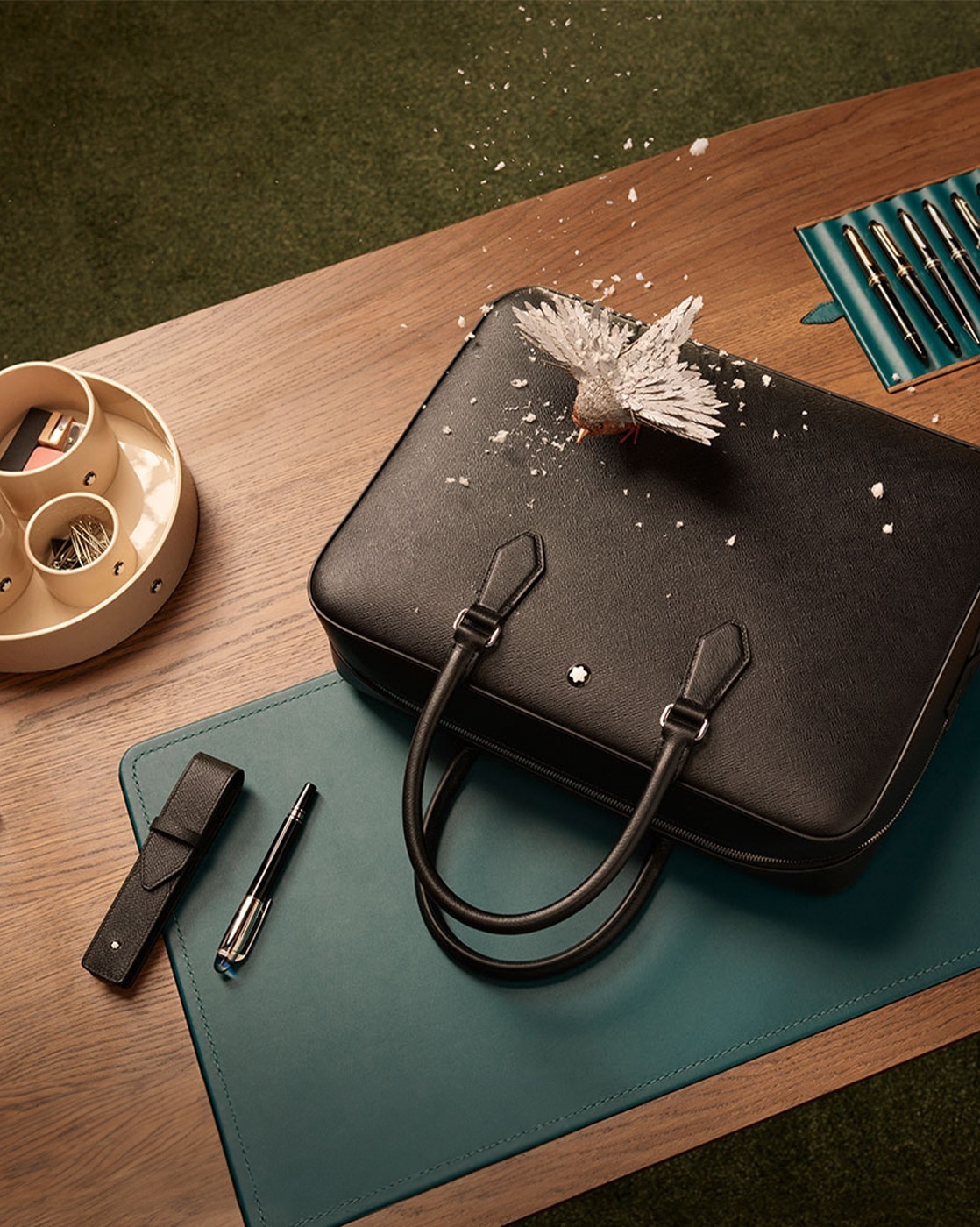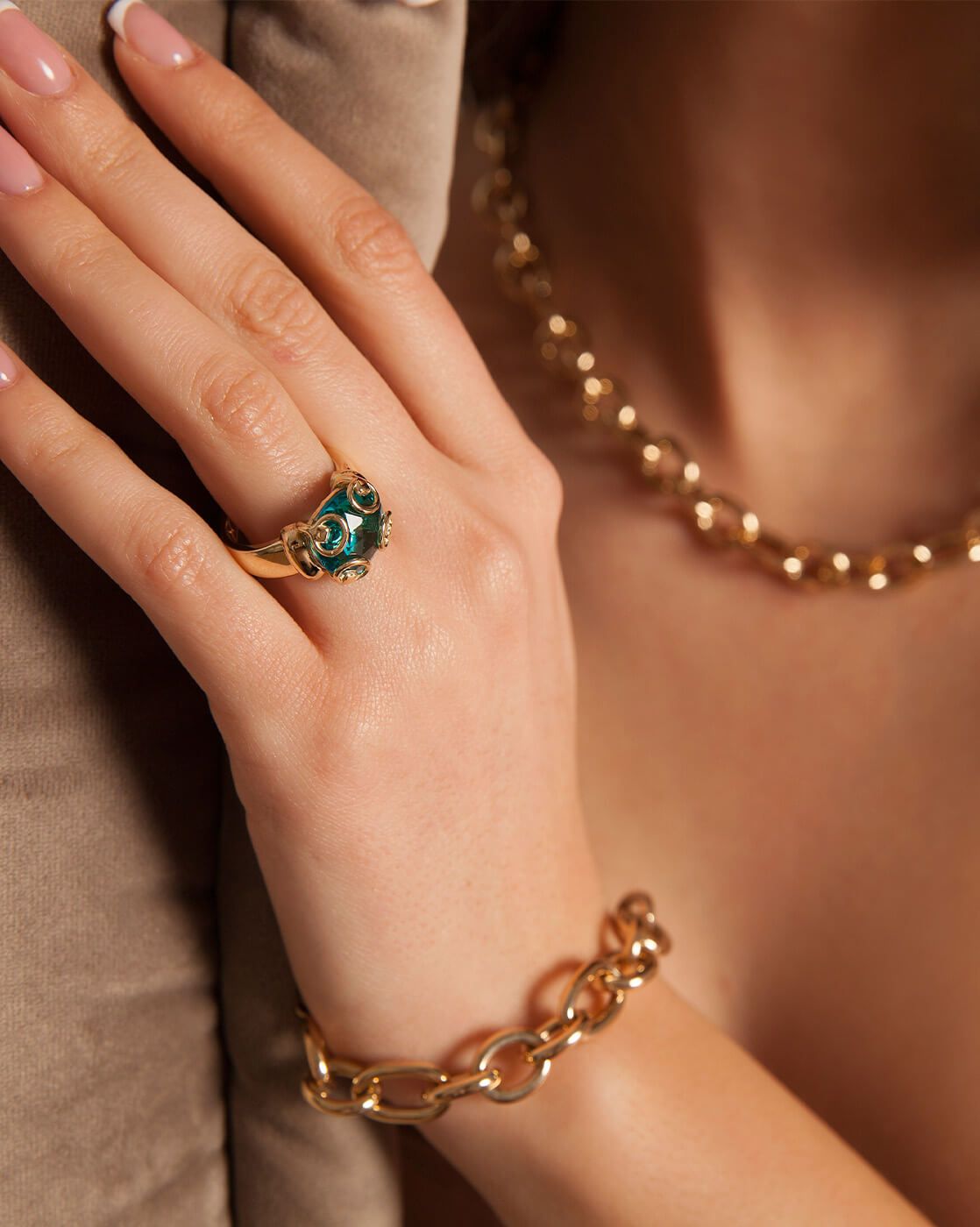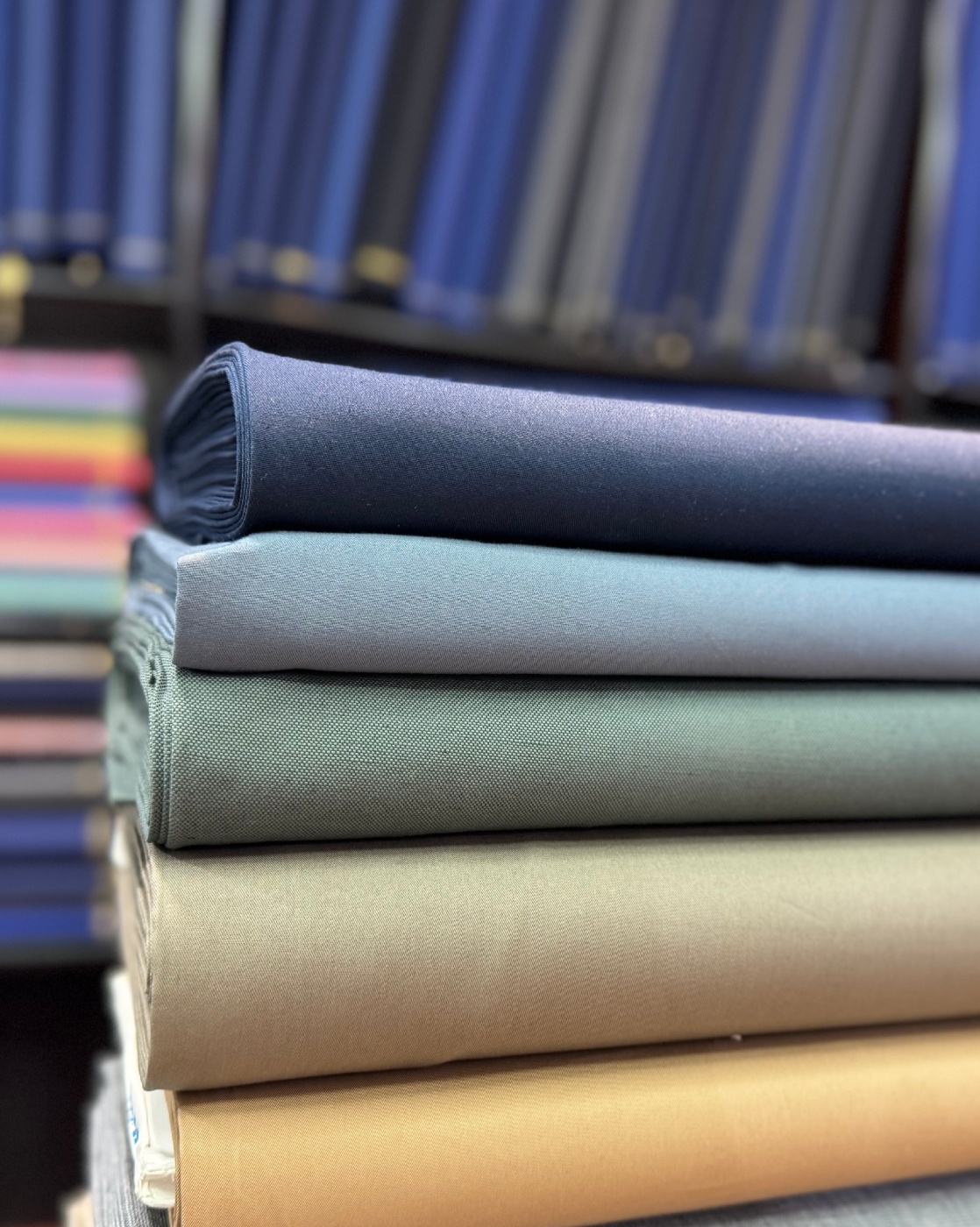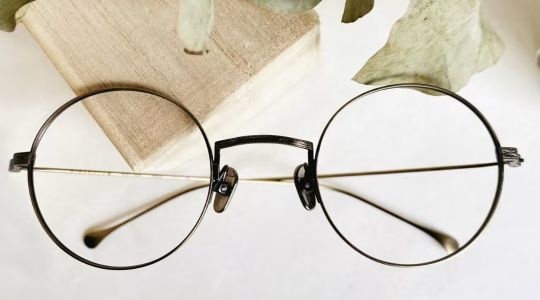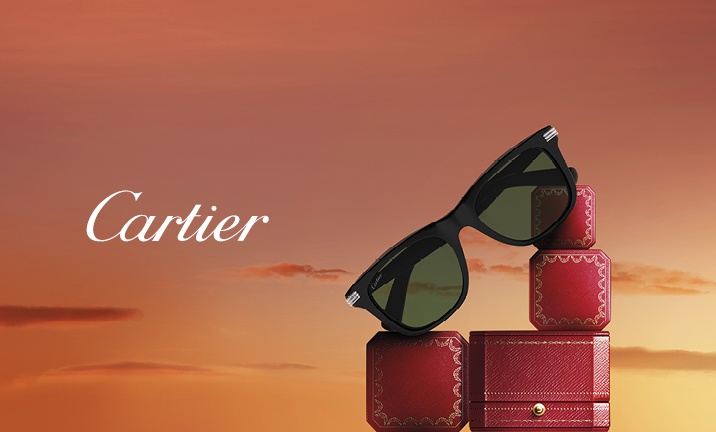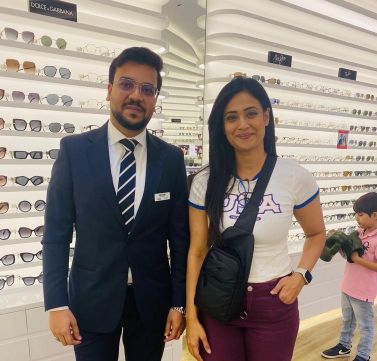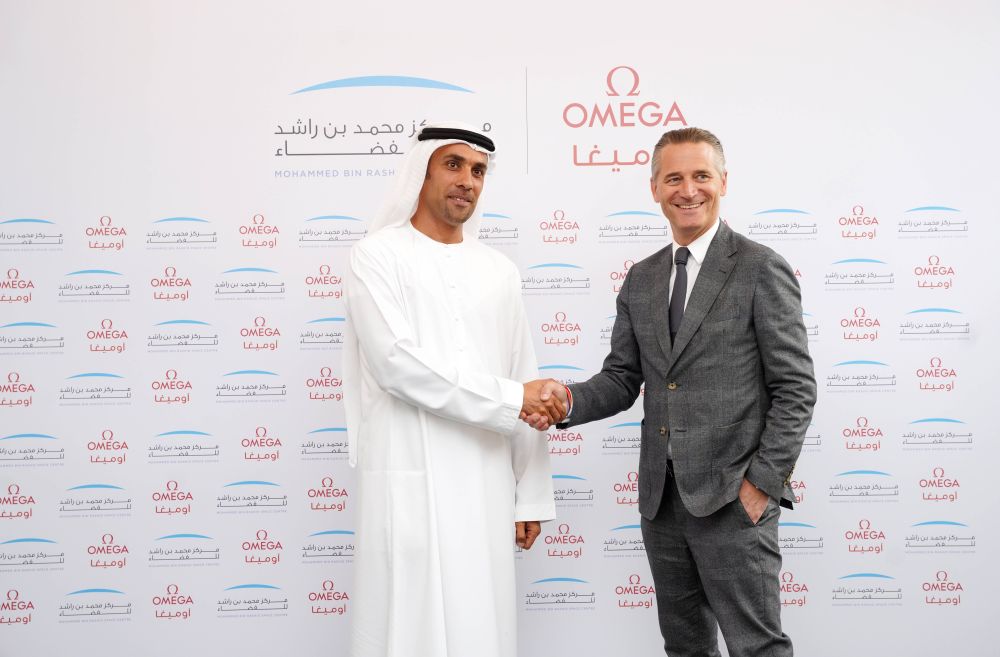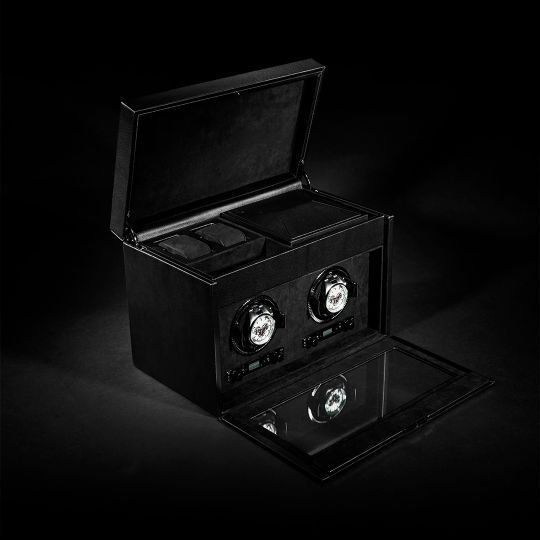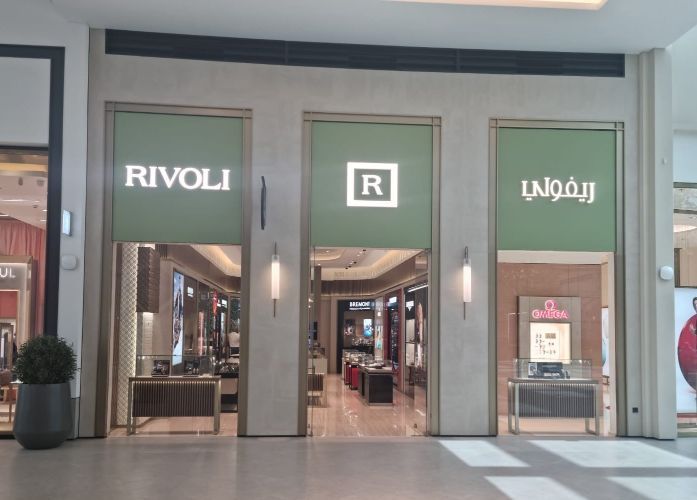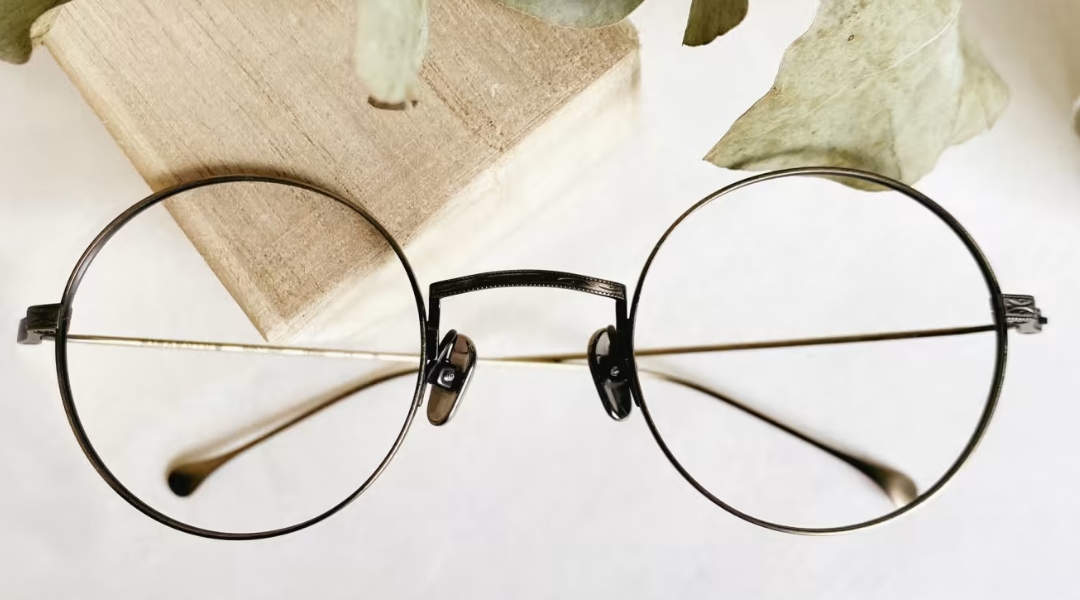
Source - Financial Times
The assurance of “made in Japan” suggests a certain level of myth as much as quality. From the Damascus steel of a Shun knife to the advanced polyesters at Comme des Garçons, it connects heritage obsession with forward-thinking technology. One area in which Japanese manufacturing particularly excels is in its eyewear, which features the best of its tradition and dazzling engineering, as well as a difficulty of execution that can seem almost wilfully deliberate. “When we visit our makers in Japan, we get to see incredible things,” says Cody Cho, vice-president of the LA-based brand Dita, which recently opened its first London flagship in Knightsbridge. “It’s always a mix of the old world and the new – there are men using Toyota machinery from the ’30s, and then you have guys immersing titanium sheets in water and using lasers to cut into them.”
Dita, founded in 1995, is just one brand that relies on Japanese savoir-faire to create the very best in eyewear. Its Epiluxury line of frames (from £1,300), launched in 2019, represents a flamboyant experiment in engineering, each with three interchangeable temples (the two arms of the glasses, which extend behind the ears). You can swap them for an opulent material for a swanky evening event, or a snug cable version if you’re riding a rollercoaster.
Like the extraordinary selvedge denim woven in Kojima, it’s the materials used in Japanese eyewear that make them so impressive. Pick up a pair of Dita Mastix frames and you can tell the acetate is special, with a higher gloss than its European equivalents: it’s a plant-based cellulose originally developed to replace ivory, and the Japanese have elevated it sky-high. “We use a special variety that is highly compressed so that it’s structurally very strong, but also thin,” says James Kisgen, who relaunched the Matsuda brand in 2012. “Japanese acetate is also aged for a long time, so it has a deep, rich colour.” Read more.



